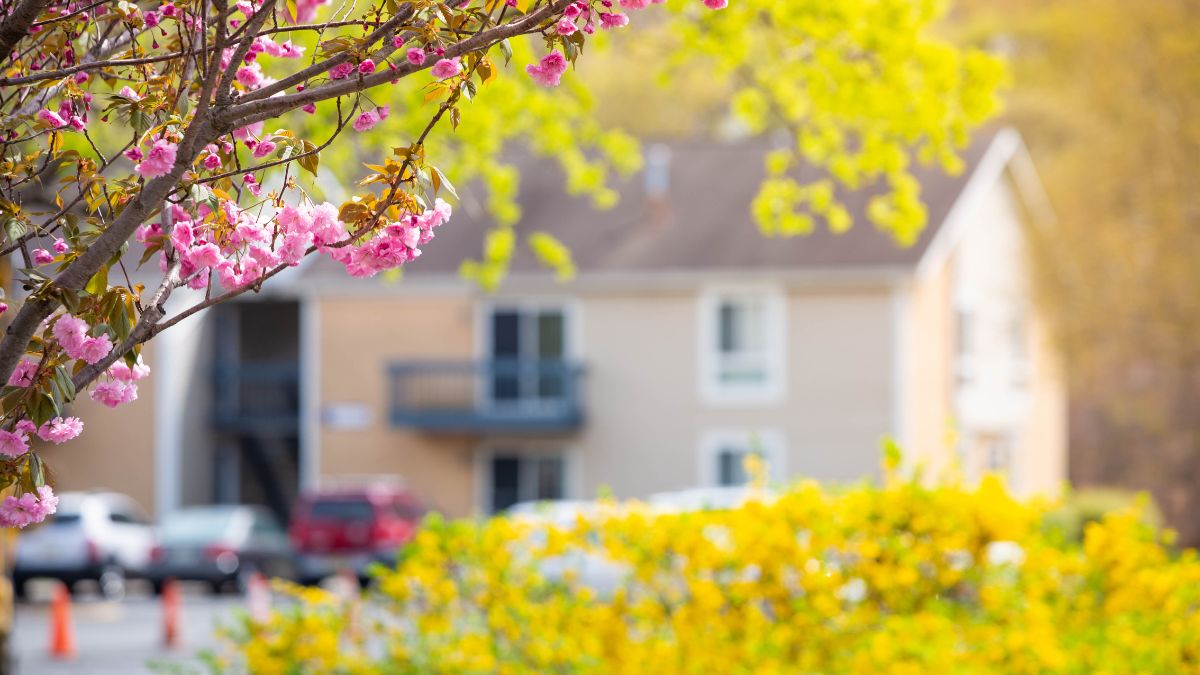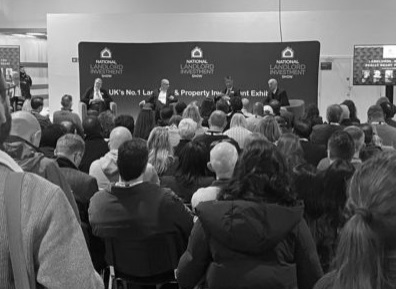So far this year a record 73 per cent of new buy to let purchases earned gross yields above 5.0 per cent, up from 63 per cent in 2016. Almost one in four new investors earned gross yields of 8.0 per cent or above, up from one in five in 2015.
With an average gross yield of 4.9 per cent, London offers the weakest returns of any region in England and Wales according to Hamptons.
This is one of the main reasons why London based investors are increasingly purchasing buy to lets beyond the capital, targeting higher yielding areas. So far this year, a record two-thirds of London-based investors chose to purchase a buy-to-let property outside the capital, up from just 26% a decade ago.
A fifth of London investors bought properties in the North of England, up from just nine per cent in 2016 and a mere one per cent a decade ago. Here, gross yields sit at 7.4 per cent, outpacing the 6.1 per cent average across England and Wales.
London landlords buying outside the capital bought 105.7 miles away on average – 20.9 miles or 25 per cent further than in 2016.
Today, 29 per cent of all properties in England and Wales bought as a buy to let are located in the North West, North East or Yorkshire & Humber, triple the share a decade ago.
For the 50 per cent of landlords who use a mortgage to fund a buy to let purchase, rising interest rates mean that many will face higher outgoings when they come to re-mortgage. This will eat into the profitability of their buy to let.
Since August 2021, the average mortgage rate on a typical 75 per cent Loan To Value buy to let has risen from 1.79 to 3.51 per cent last month.
This means the average landlord who bought a £222,000 buy to let last year will likely see their annual interest-only mortgage payments nearly double from £3,010 to £5,903 if they re-mortgaged last month. If last week’s 0.5 per cent base rate rise to 2.25 per cent is fully passed on, this will increase payments to £6,743 for an investor re-mortgaging this month.
As a result, the net annual profit (after costs and taxes) made by a higher-rate taxpaying investor who earns an average yield of 6.1 per cent could fall from £3,198 in August 2021 to £212 with the new base rate, down 93 per cent due to higher rates when re-mortgaging.
If the base rate reaches 2.5 per cent, the average higher-rate taxpaying investor with a typical 75 per cent LTV mortgage is likely to start making a loss. They will need to yield around seven per cent or more to stay out of the red – a figure only achievable on average in almost a quarter of local authorities in England and Wales, two thirds of which are in the North of England.
We're excited to announce that we're working on building a shiny new website for readers of Landlord Today! As part of this process, commenting on articles will be temporarily disabled. We look forward to sharing our new and improved Landlord Today website with you shortly!




/LizTruss-400x310.png)




.png)

(1).png)







.jpg)






%20(002).png)




